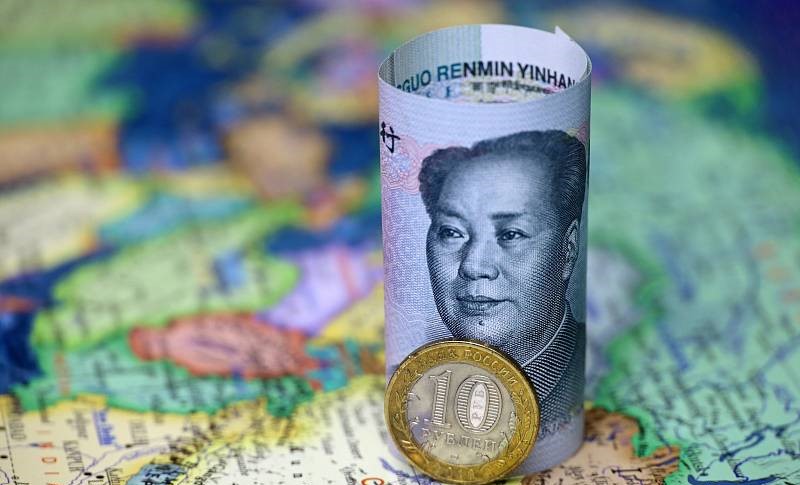The kremlin Is Losing Control over the Far East: China and north korea Are Sharing russia’s Periphery
10/16/2025

russia is increasingly “paying off” its allies in the war against Ukraine with its own territories. Lacking the resources to develop the country’s largest region – the Far Eastern Federal District – moscow is opening the way for external expansion.
China is increasing its economic influence. According to forecasts, its investments in the region could reach one trillion rubles in 2025. However, most of the agreements concern trade: there are no infrastructure projects. According to Viktor Kalashnikov, a senator from the Khabarovsk Territory, in 2024, the volume of russian-Chinese trade increased by 5.5 million tons, and in the first half of 2025 – by another 36 %.
At the same time, China is conducting a “creeping” demographic expansion. Up to two million Chinese already live between Vladivostok and the Urals, and this number is growing. This is facilitated by privileges within russian TADs (Territories of Advanced Development – Transl.) and the introduction of a visa-free regime. Enclaves are forming where russians practically do not work.
In parallel, moscow is involving the dprk in the development of the region. Over the past year, more than 15,000 north korean workers have officially (unofficially – up to 50,000) arrived in the Far East. russian companies have already ordered another 153,000 labor contracts. The workers receive minimum wages, while Pyongyang earns up to $500 million annually.
This creates a situation where two nuclear powers are simultaneously strengthening their positions on the territory of a third one. China is forming economic dependence, while the dprk is forming labor one. Both countries are resolving their own problems at the expense of russia’s resources.
In the long term, the growth of China’s presence and the expansion of north korea’s labor quotas could create a conflict of interest between the partners. The kremlin risks losing control over 40 % of its own territory – almost seven million square kilometers with a population of 7.9 million – turning the Far East into an arena for foreign strategies.
